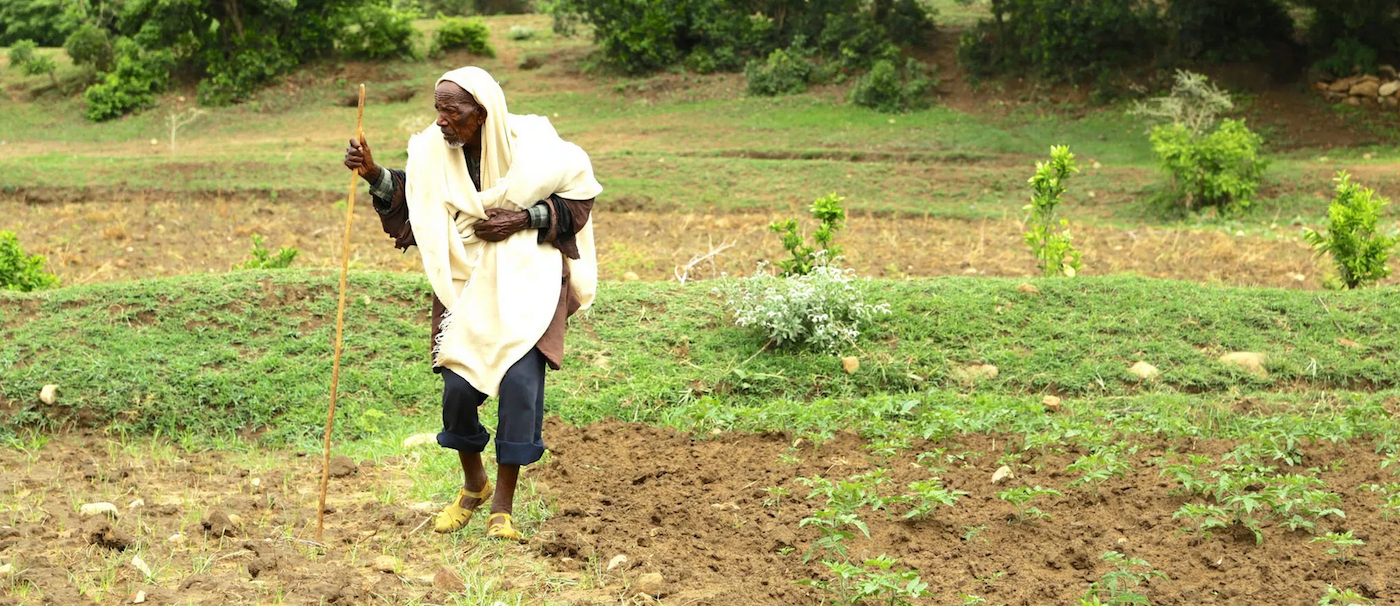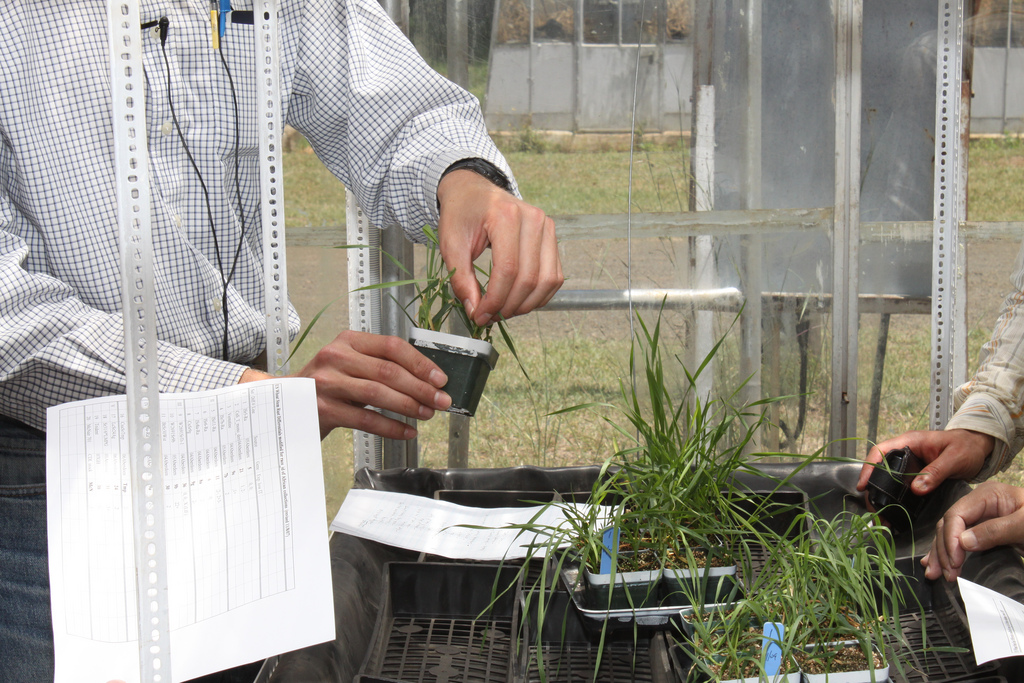
Deep within southern Ethiopia’s agroforestry landscapes, where farmers grow grain and keep cattle, sheep, goats and donkeys, researchers counted more than 4,100 birds as part of an assessment on agricultural productivity and biodiversity.
The researchers also counted some 4,473 individual trees from 52 tree species in the same study, which they believe is the first to link key indicators of biodiversity to more than one indicator of agricultural productivity, considering three products people in rural communities value most: fodder, fuel and food.
This has led to two important new conclusions: that encouraging biodiversity on and around agricultural land likely increases its productivity, and that measurements of productivity must be broadened to include what matters for local livelihoods.
Too often, agricultural productivity is measured through a very narrow lens, such as “mere” crop yields alone. But, according to the study, that has “disregarded local perspectives of what is actually important to people in terms of ecosystem services.
Take, for instance, trees: in addition to potentially growing food, they also benefit crop yield by controlling erosion; capture nutrients for the soil through their roots; help regulate the climate; and provide habitats for animals and insects, including natural enemies of crop pests. The study found that in this region of Ethiopia, agricultural productivity was higher in areas with heavy tree cover than in landscapes where trees had been removed for more crop space.
“We need to understand what would be the best way to produce food with minimum negative consequences on biodiversity,” says lead researcher Frédéric Baudron, challenging the assumption of trading one for the other in faith that agricultural intensification and biodiversity conservation can be achieved at once.
This study comes amid concerns that a rising demand for food and fuel to serve the world’s growing population – projected to reach 9 billion by 2050 – will drive greater agricultural expansion and intensification.
The proliferation of both would likely cause real harm to landscapes and biodiversity, threatening the essential natural constituents of the world’s ability to feed itself, warns Baudron. “That has serious implications for the sustainability of our global food production system,” he says. “We need biodiversity as an essential input.”
He also raises the issue of justice. Biodiversity loss hits hardest the millions of small farmers in developing countries – who make up the majority of farmers worldwide – because they depend almost exclusively on ecosystem services, and not external inputs, for production. And the resulting edible output is crucial for everyone; family farms produce more than 80 percent of the world’s food in value terms, according to FAO statistics.
Baudron says the study’s findings play into how small family farms should be managed through policy and in major restoration efforts, given that tree placement and configuration have enormous implications for biodiversity and ecosystem services it provides.
In other words, biodiversity shouldn’t be a bonus of productive landscapes. The study suggests, rather, that productive landscapes should be designed to make the most of all of the services provided by biodiversity.
The work was part of ‘The Agrarian Change Project’, with funding from the United Kingdom’s Department for International Development (DFID), the United States Agency for International Development (USAID) and the CGIAR Research Program on Wheat.
This article was originally published on Landscapes News. This content is licensed under Creative Commons Attribution-Non Commercial-Share Alike 4.0 International (CC BY-NC-SA 4.0). This means you are free to redistribute our material for non-commercial purposes, as long as you give Landscapes News appropriate credit and link to the original Landscapes News content, indicate if changes were made, and distribute your contributions under the same Creative Commons license. You must notify Landscapes News if you repost, reprint or reuse our materials by contacting G[dot]Lipton[at]cgiar.org.

 Nutrition, health and food security
Nutrition, health and food security 